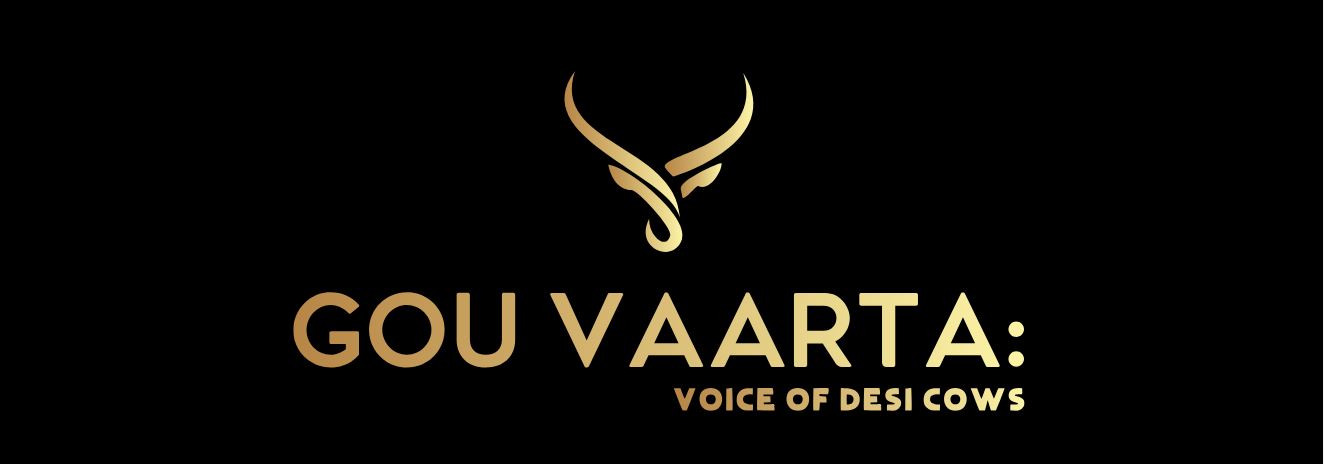
Quarterly Gou Vaarta contains interesting articles,cow breeds ,events and activities organized by GoPals team across India as part of this digital magazine.
Highlights of Quarter 2 &3 2020 Gou Vaarta
Y-chromosome genetic diversity of Bos indicus cattle in close proximity to the Centre of domestication
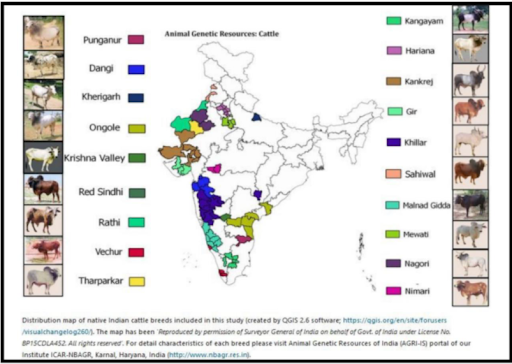
Y-chromosome genetic diversity in and around its domestication origin and a better understanding of indicine-specific microsatellite alleles are imperative concerns but less -targeted. We analyzed Y-chromosome markers in 301 bulls representing 19 native Indian cattle (Bos indicus) and identified new alleles and haplotypes. Compared to other indicine studies, the high Y-haplotype diversity found in Indian cattle supports the hypothesis of greater genetic variability across the Centre of origin decreasing along migratory routes with increasing distance. Hence, a considerable paternal genetic diversity of Indian cattle appears to have been lost in transboundary commercial indicine breeds. The Khillar and Gir are the most diversified populations where the first tends to be the well-differentiated traditional breed carrying strikingly distinct Y-lineages with typical BM861-158 bp allele, characteristics of taurine cattle, while retaining standard indicine lineages for all other markers. Geographical distribution found to be an unreliable predictor of parental variation, and Y-lineages seemed closely related to Indian breed function/utility. The comprehensive Y-chromosome information will be useful to examine the demographic expansion/spread of Bos indicus lineages from close proximity to the domestication Centre across different countries worldwide and such diversity should be preserved through effective management and conservation programs.
https://www.nature.com/articles/s41598-020-66133-3
The fascinating story about Mundari Tribes
Life in the little-documented Mundari tribe in South Sudan revolves completely around their prized bulls and cows. A small ethnic group composed of cattle-herders and agriculturalists, the Mundari have come to be known for their unique way of looking after their cattle in South Sudan, the world’s youngest country.
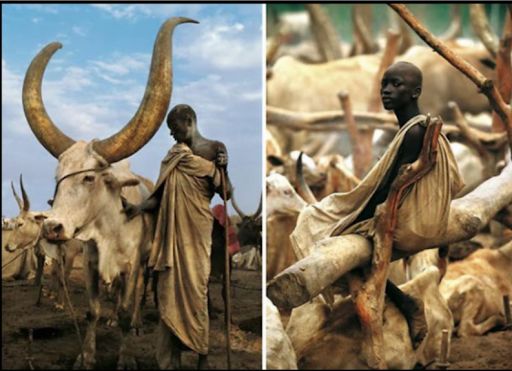
Young Tribesman begins his daily routine – after cleaning his teeth with a stick he douses his head under a stream of a urine from a cow.
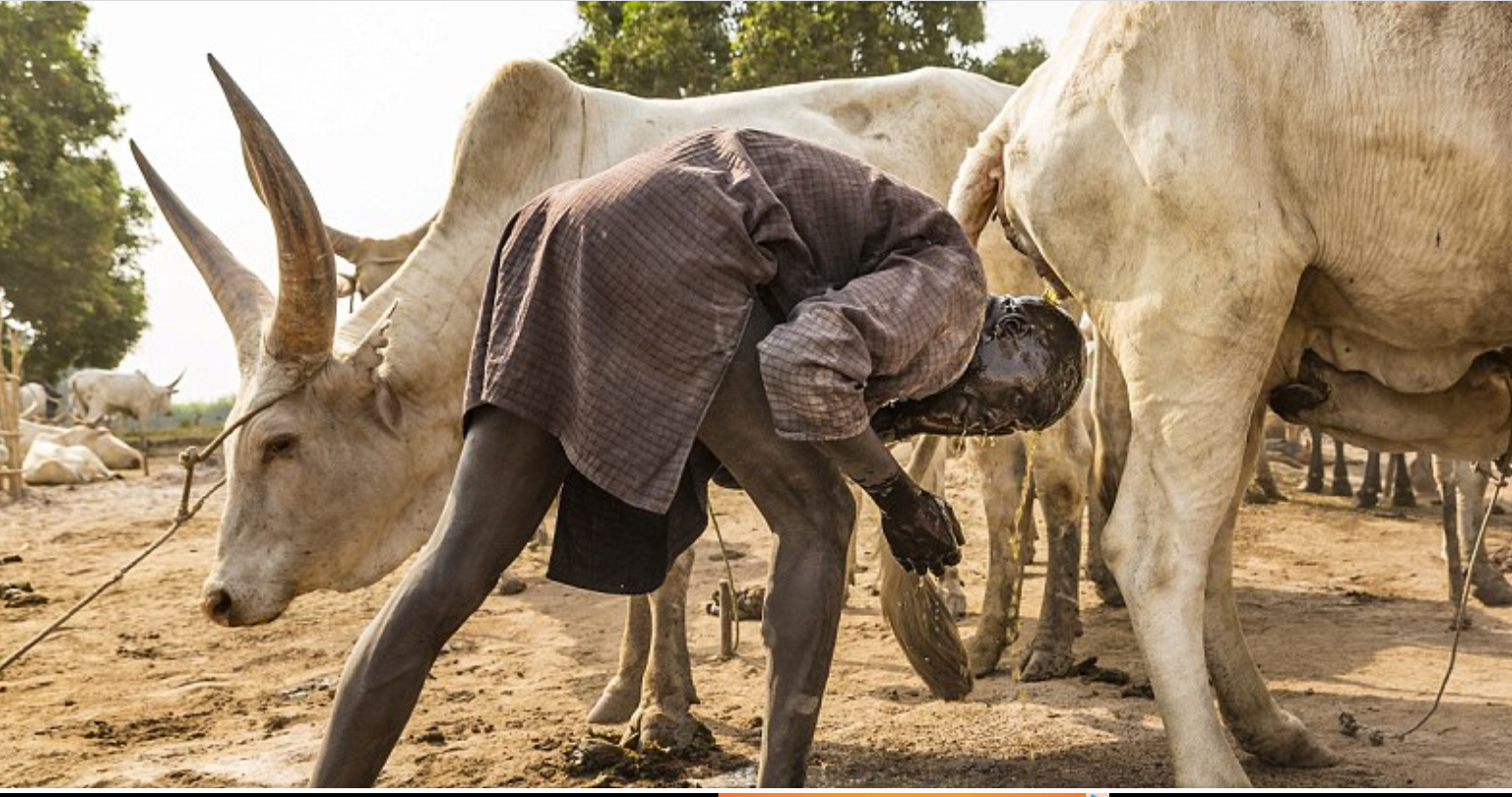
The act will not only help prevent infection but will also tinge his hair orange. Next, he sucks fresh milk straight from one of his cow's udders then bangs a drum to alert the rest of the tribe that it's time to graze the animals
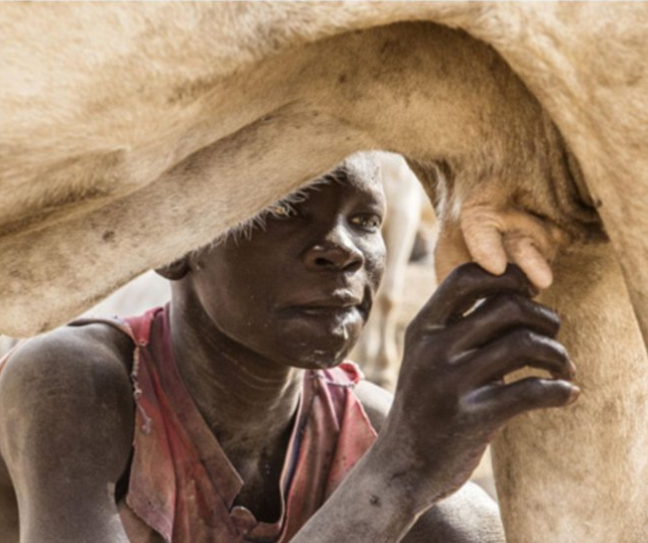
It is not just the cows' urine that provides protection for the Mundari people. Tribesmen smear peach-colored ash on their skin - and that of their cows - from dung fires.
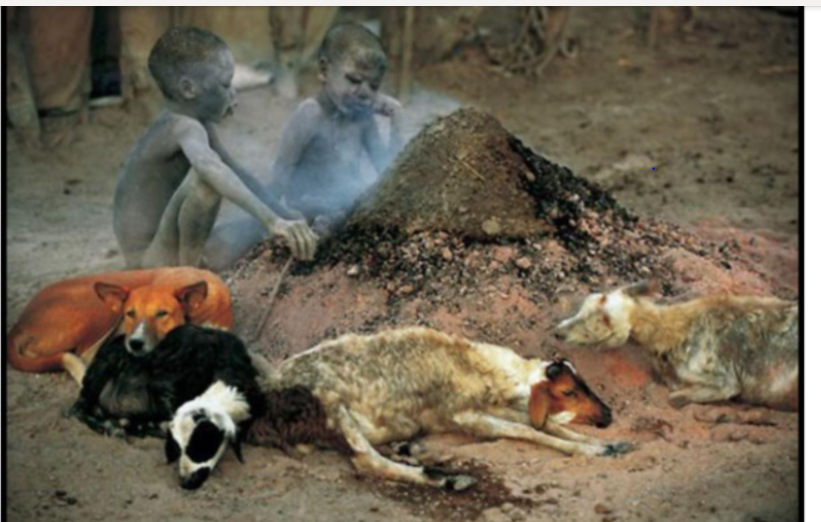
It has the consistency of talcum powder and is a natural antiseptic and mosquito repellent, offering both man and bovine protection from the scorching Sudan heat.
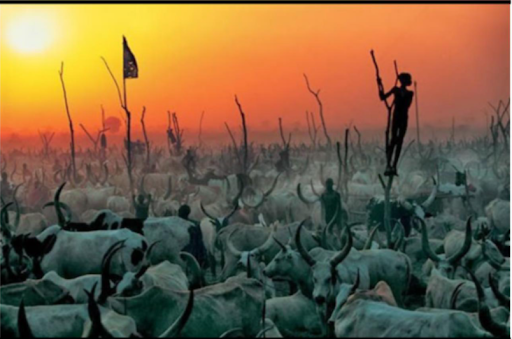
Their cows are the most important thing in their lives. And they will protect them at all costs is their strong belief and final word. Salute the Spirit of these tribes
Ghee(DHA) is critical for Brain Development and Sustenance
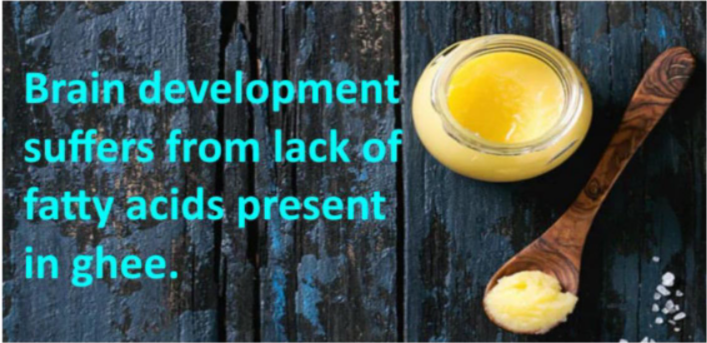
DHA is essential for the development of a fetus’s eyes and brain, especially during the last three months of pregnancy. It makes up 10 to 15 percent of the total lipid amount of the cerebral cortex. DHA is also concentrated in the light- sensitive cells at the back of the eyes, where it accounts for as much as 50 percent of the total lipid amount of each retina. For rest of the world where rich diversity and population of Bos Indicus not present, source is only animal – fish, eggs and meat. Violent ways. But Indians can leverage benefits if they wake up and protect mother Gau. Desi Cow (Bos Indicus) A2 breed’s prasad (ethically procured) i.e. milk, butter milk, ghee is full of DHA. Put your societal efforts in saving cow. She is solution for almost all healthcare issues we have.
Reference
Brain development suffers from lack of fish oil fatty acids, UCI study finds These fatty acids are precursors of docosahexaenoic acid, or DHA, which plays a key role in the healthy creation of the central nervous system. In their study, which used female frogs and tadpoles, the UCI researchers were able to see how DHA-deficient brain tissue fostered poorly developed neurons and limited numbers of synapses, the vital conduits that allow neurons to communicate with each other.
“Additionally, when we changed the diets of DHA- deficient mothers to include a prop-er level of this dietary fatty acid, neuronal and synaptic growth flourished and re-turned to normal in the following generation of tadpoles,” Cohen-Cory said.
DHA is essential for the development of a foetus's eyes and brain, especially during the last three months of pregnancy. It makes up 10 to 15 percent of the total lipid amount of the cerebral cortex. DHA is also concentrated in the light -sensitive cells at the back of the eyes, where it accounts for as much as 50 percent of the total lipid amount of each retina.
news.uci.edu/2015/04/15/brain-development-suffers-from-lack-of-fish-oil-fatty-acids-uci-study-finds
Book Review of the Year: 2020
Judith Schwartz’s Cows Save the Planet: And Other Improbable Ways of Restoring Soil to Heal the Earth, is, in her own words, “a call to action on behalf of the soil.” In her book, she uses soil as a springboard for an examination of the ways that human behaviors are condemning the environment to near-irreversible devastation. She asks the reader to consider the soil from a worm’s-eye view, crafting an open address on behalf of an entity that can do everything for itself except speak up. Schwartz highlights the importance of giving soil a chance to self-regenerate through its natural capacity for healing. Schwartz argues that the time when many basic reclamation projects – such as China’s current multi-billion dollar “Great Green Wall” reforestation project, in which the Chinese government is planting a belt of millions of trees to attempt to stem the growth of the Gobi desert – that could have proven useful is long past. In many places on the planet, existing soil does not have the natural or environmental support that it needs to restore itself. Not one to mince words (she highlights how the term “dirt” neutralizes the rich meaning of “soil” in the cultural vernacular), Schwartz advocates aggressive methods of reversing the behaviors behind climate change. Schwartz is concerned that many so-called half measures – even some with demonstrable support in the food movement – are insufficient to meet extensive ecological needs. When it comes to the release of harmful greenhouse gases, even the virtually impossible cessation of 100 percent of all carbon emissions wouldn’t make a significant dent in reducing carbon dioxide levels for some time. Simply cutting emissions would do little in the short term to help a damaged planet hemorrhaging 83 billion tons of topsoil every year. Restoring carbon to soil at at a rate that matters, she argues, entails innovative reverse engineering. Enacting this process through an admittedly unlikely candidate – the cow – could yield many lasting benefits for the process of restoring biodiversity. Favoring an approach that succinctly outlines many of the problems contributing to current soil degradation – desertification, livestock mismanagement, the disappearance of nutrients from diets – and underscoring the many points at which they intersect, Schwartz comments on the way that humanity’s relationship with the earth is growing increasingly one-sided. Smartly anecdotal and unfailingly committed to change, Schwartz’s book isn’t quite an “open in case of emergency
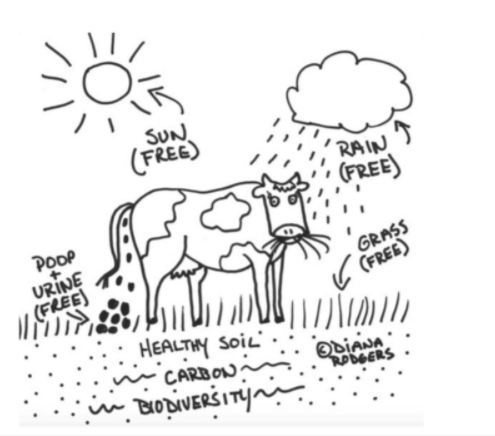
Gou Gyaan – Turinjithalai
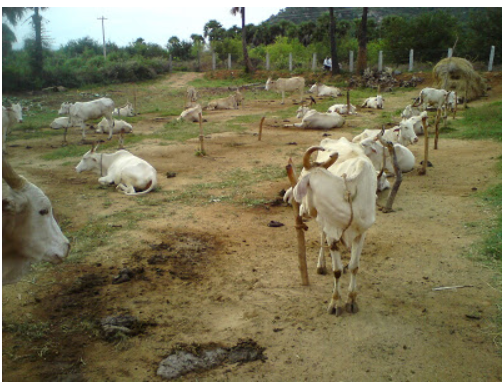
Turinjithalai (तुरिञ्जित्तऴै): Drought resistant variety. (Telugu: Thurinji, Tamil: Arappu, Unjal, Usilai, Hindi: Ailaa) . Reared by Telugu Golla herder community. Eats only Albizia amara leaves and bark.They are based out at mountain ranges.
Conservation Status – Depleting
Less than 100 Surviving
References
– http://tamilnaducattle.blogspot.com/
GOPALS IN NEWS
Saplings Plantations (March –Sept 2020)
Virtual Events (March – Sept 2020)
| Sl.No | Date, Day and Time | Event Name | Chief Speaker | Video Link |
| 13 | 2020-September-20,2PM-3 PM | Atmanirbhara from Gounirbhara | Shri Adrushya Kadu Siddeshwara Swamiji, Kaneri Mutt | https://www.facebook.com/127754987760776/videos/1437801133072608 |
| 12 | 2020-September-19,7PM –8 PM | Desi Cow & My Experience | Shri.Manoharachary, State Advisor to Gramabharati, Teleganna | https://www.facebook.com/127754987760776/videos/629493254375956https://www.facebook.com/127754987760776/videos/1514147418787521 |
| 11 | 2020-September-13 | Devil in the Milk - Untold Story | Shri.Kumar Jagirdhar ,Gou Sevak | https://youtu.be/6MZQaRbwTKA |
| 10 | 2020 September-6,5 PM –6 PM | DESI GOU PALAN - A PRACTICAL INSIGHT | Dr. Pranesh Sridharan, Mathruka Desi Cow Gaushala | https://www.facebook.com/127754987760776/videos/618877902162717 |
| 9 | 2020-August-30
Sunday
14:00 to 15:00
(2:00 PM to 3:00 PM) |
GoPals & SUBHASH Panchgavya Presents
Panchgavya LifeStyle For
-Disease Free Life
-Self reliant Agriculture
-Financial Independence |
GavyaSiddar Swaroopa Rani
Subhash Panchagavya,
Hunsur Taluk, Karnataka
|
Part1:
https://www.facebook.com/wegopals/videos/2751632511782101
Part2:
https://www.facebook.com/wegopals/videos/666318914281429
Part3:
|
| 8 | 2020-August-23
Sunday
14:00 (2:00 PM) |
Atmanirbhara from Gounirbhara |
Shri Raghaveshwara Bharathi Swamiji
Ramachandrapura Math, Hosanagara,
Shivamogga Dt; Karnataka
|
https://www.facebook.com/wegopals/videos/313178559954866 |
| 7 | 2020-August-01
Saturday
19:00 to 20:00
(7:00 PM to 8:00 PM) |
Answer to Cancer - Panchagavya |
Dr. D.P. Ramesh BAMS
Specialist Ayurveda, Panchagavya Therapy
Holistic Cancer Care Center
VayaliKaval - Bengaluru
|
https://www.facebook.com/wegopals/videos/343972339944500 |
| 6 | 2020-July-26
Sunday
17:00 to 18:00
(5:00 PM to 6:00 PM) |
GoPals & Gayatri Dham Presents
Doctor Cow |
Pandit Mewalal Ji
Patidar, Gayatri Dham,
Sendhwa, MadyaPradesh
|
https://youtu.be/TXTZ9bRB7eE |
| 5 | 2020-July-19
Sunday
19:00 to 20:15
(7:00 PM to 8:15 PM) |
GoPals & Srimaan Trust Presents
GAU SAMRAKSHAN
" Through the Ancient Indian Vedic Way" |
Sri U.Ve.Parasara Badri Bhattar Swamy
Sthalathar, Srirangam Temple (F.C.A, C.W.A, LLB,MFT)
Founder: Srimaan Trust, Srirangam, Trichy,TamilNadu
|
https://www.facebook.com/wegopals/videos/1186302265062614 |
| 4 | 2020-June-28
Sunday
17:30 to 18:45
(5:30 PM to 6:45 PM) |
Principles of Ayurveda with Desi Cows | Vd.Basavaraj Pujar MD Ayurveda
CMO at ISTA Multi Speciality Hospital
Ayurveda & Panchakarma Hospital
Rajaji Nagar, Bengaluru
|
https://www.facebook.com/wegopals/videos/964428817327094 |
| 3 | 2020-June-20
Saturday
10:15 AM to 11:30 AM |
Demo Desi Cow Products |
Mr. Shiva Kumar
General Manager
Maa Gou Products Pvt Ltd (Gou Ganga)
|
https://www.facebook.com/wegopals/videos/286268462561440/ |
| 2 | 2020-June-14
Sunday
18:00 to 19:00
(6:00 PM to 7:00 PM) |
Desi Gou -Sustainable Living |
Mr.Yuva Senthil
|
|
| 1 | 2020-May-24
Sunday
19:00 to 18:30
(7:00 PM to 8:30 PM) |
Natural/Organic Farming
ನೈಸರ್ಗಿಕ ಕೃಷಿಯ |
Mr.Mallinath Hemadi Bsc Agri , MBA
Prof KVK, Kalaburgi
A Natural/Organic Farmer
An Author for Books on Farming
|
https://www.facebook.com/wegopals/videos/299545544391766/ |
Support A Cowherd (SAC)
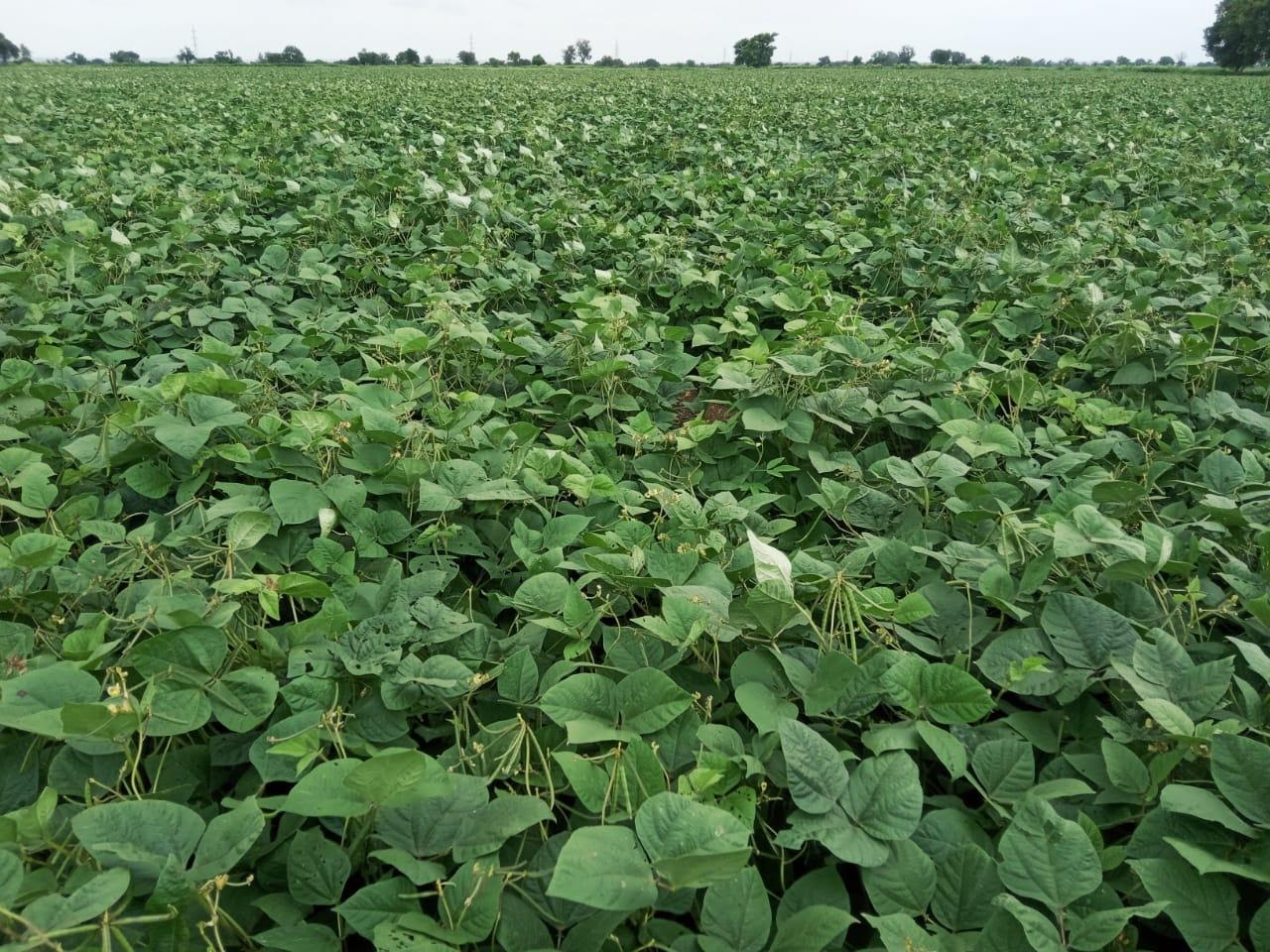
SAC - Team GoPals conceptualized Support A Cowherd(SAC) initiative, initially with a view to provide assistance to farmers rearing desi cows by helping them in creating fodder bank for the calves. With feedback from donors of SAC and other subject matter experts the scope of SAC was expanded to the following broad themes as each and every farmer had their own challenges
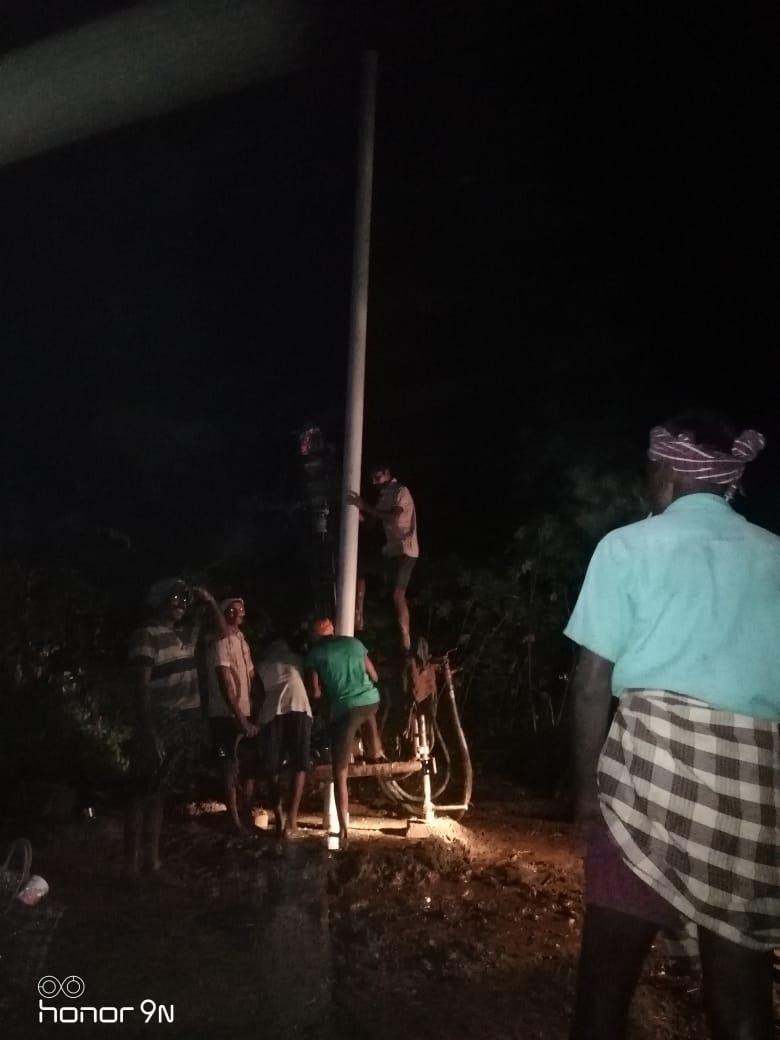
To this effect we adopted three villages which are Kodumudi near Karur in Tamilnadu, Valliyur near Tirunelveli and Sedam near Gulbarga. Here is the glimpse on how we have made progress.
At Kodumudi , our farmer partner has about 15 Kangayam breeds of cows. This place is adjoining the famous Magudeswarar Temple which has a lot of spiritual importance. We have so far helped them with creating fodder bank and helping them with creating a borewell.This is an important water source for cows who come back after natural grazing. The cows at Kodumudi are being taken care of by a caretaker. With the prevailing COVID situation , the cows and bulls have no dearth for fodder and natural environs.
Sedam, Gulbarga is a home for Deoni breed cows. There are about 20 marginalized farmers with whom we are working to create a fodder bank. With the funds provided by SAC, the farmers have identified a 5 acre land where Jowar is grown which will be used as a fodder for our desi cows and bulls. It is very heartening to see that we are able to create an impact to a group of 20 marginalized farmers. This is a first step for us to create an example of how synergy can be achieved through collaboration.
Valliyur is one of our SAC beneficiaries which is a home for Nellai kuttai breed of cows. There are about 26 clusters of farmers around Valliyur who are focusing on the development of this breed. Ganapathy is a natural farmer and owns about 28 cows and bulls and has a variety of breeds belonging to Chengalpattu, Kangeyam, Sahiwal and Nellai Kuttai. He has been focusing on pure and natural breeding processes for these cows. As a result of our encouragement and help, he has been able to work with his fellow farmers in natural breeding techniques and is expecting 3 Chengalpattu breed cows and 1 Nellai Kuttai breed cow to deliver a calf in the months to come. In addition, with the help of team GoPals he has been able to provide water resources for cows and bulls around his area. Thanks to the influential work done by Ganapathy and being an inspiration to his fellow farmers. The villagers have started working at an informal level to leverage the capabilities of the stud bulls in each other farms. This is a big success considering the fact that they have been focusing more on natural grazing in areas adjoining his farm. Heartfelt thanks goes to Gopalaks who work with Ganapathy in ensuring the natural upkeep of the cows. They are an integral part of our success story . Here are some pictures from the borewell digging for the gaushala in Kodumudi and the cultivation of crops in leased land meant for creating fodder banks.
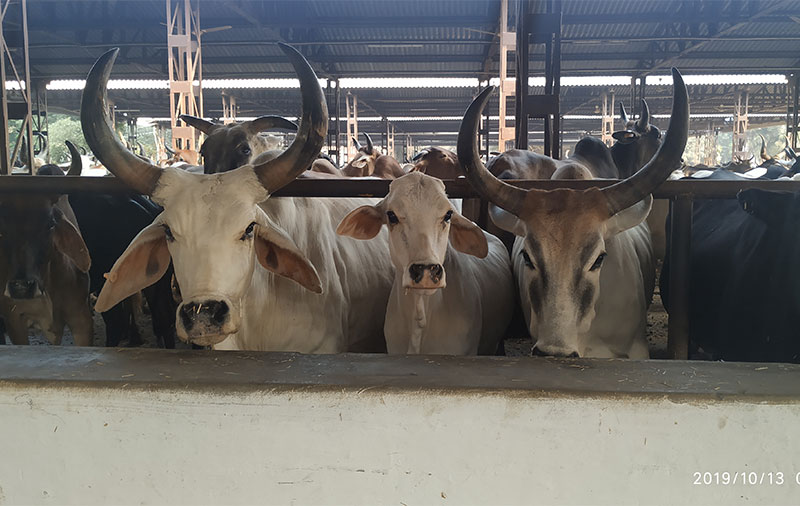
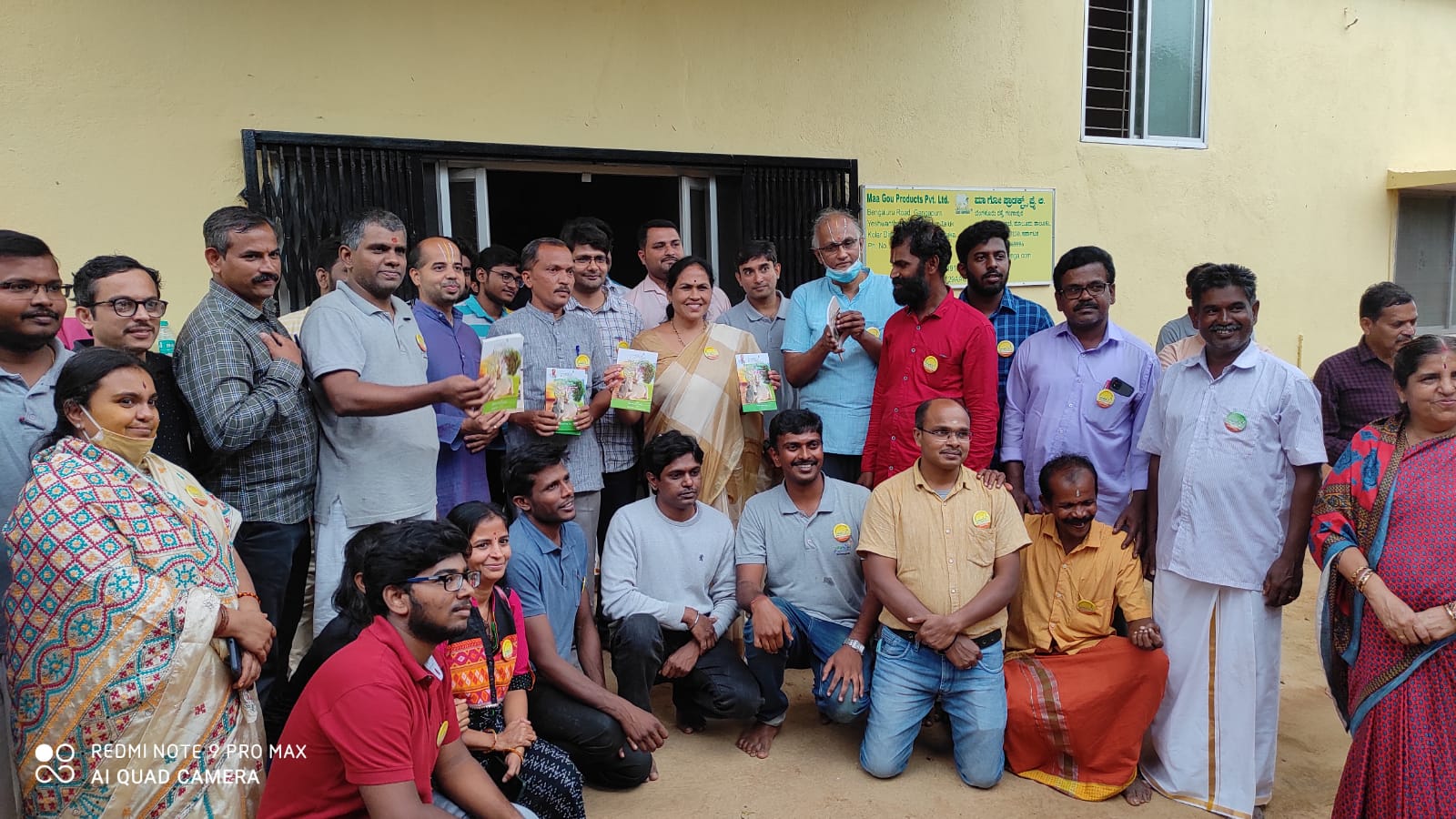
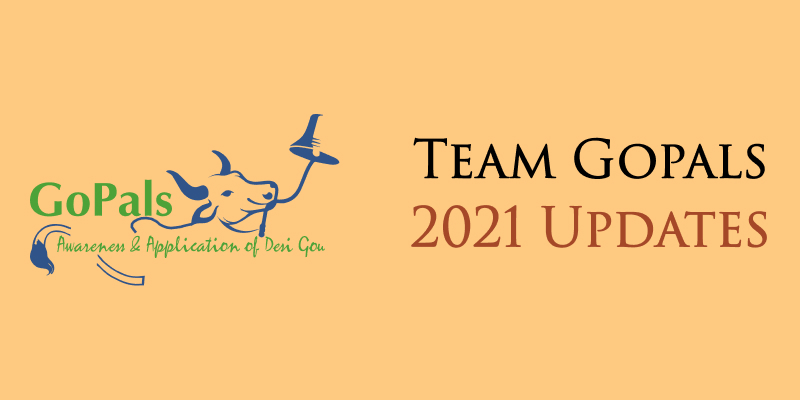
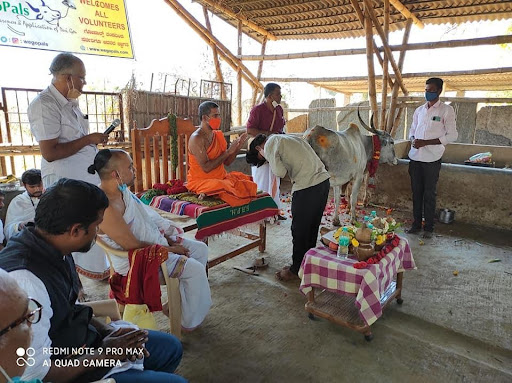
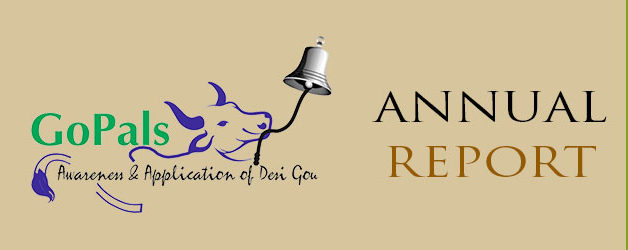

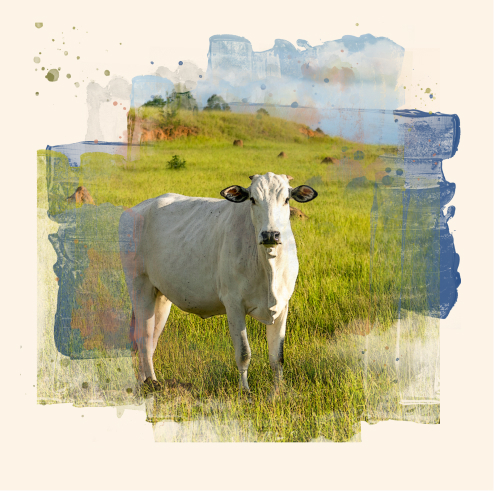
Headquarters:
GoPals Charitable Trust #78,
2nd Main Road, Kanaka Layout,
Banashankari 2nd Stage,
Bengaluru, Karnataka - 560070, INDIA.